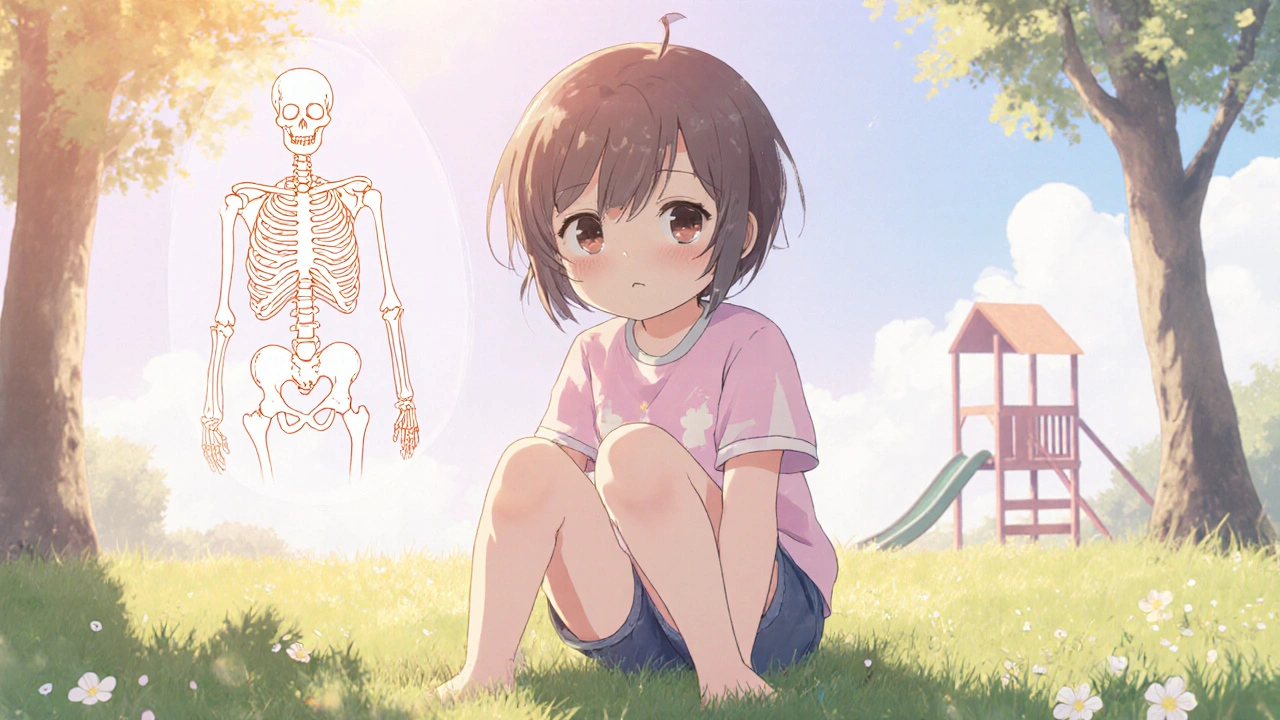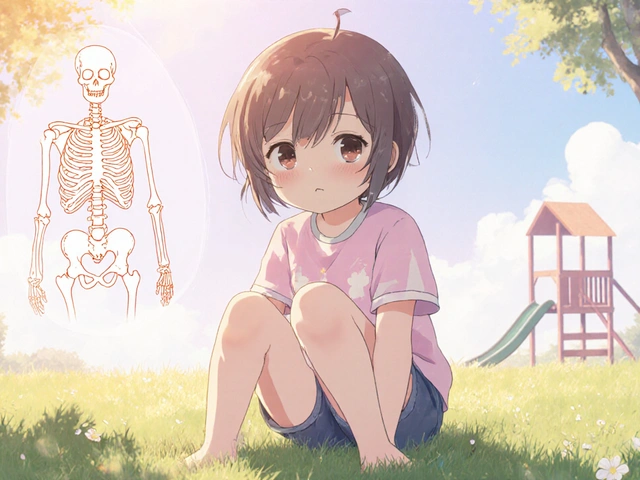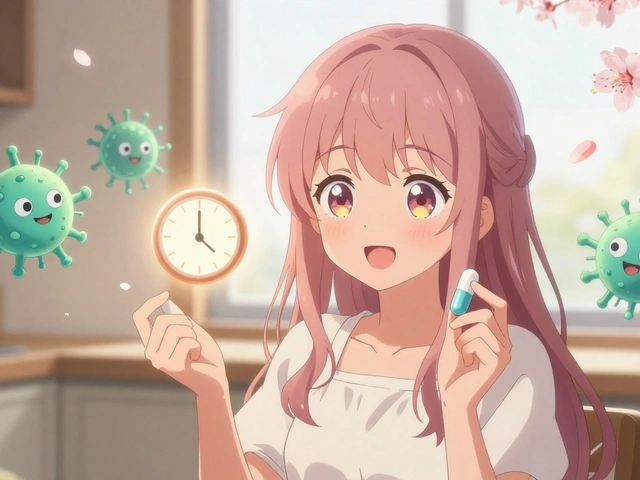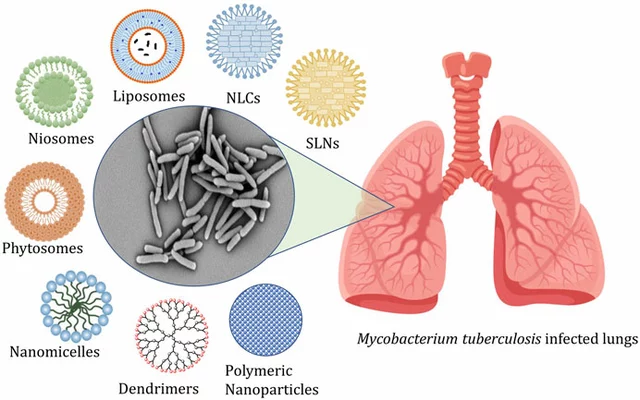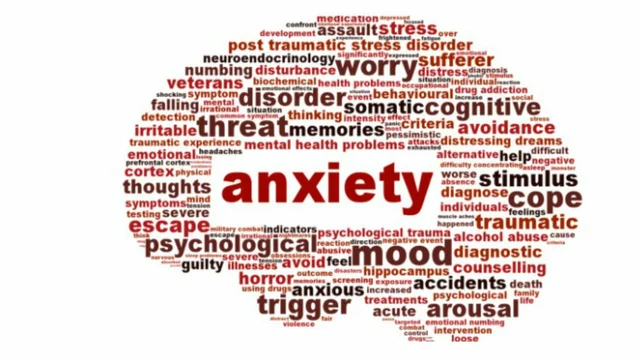Bone Density Improvement Calculator
Based on research showing 12% higher femoral neck bone density with 60 minutes daily moderate-to-vigorous activity (University of Copenhagen, 2024), this calculator estimates potential improvements from your child's exercise routine. Weight-bearing activities provide the strongest bone-building stimulus.
When kids develop soft, weak bones, the problem isn’t just a cosmetic issue-it's a serious health concern that can affect growth, mobility, and overall quality of life. rickets is the most common condition linked to poor bone mineralization, and while vitamin D and calcium are often discussed, the power of movement gets less attention. This article explains why regular exercise is a vital piece of the puzzle, how different activities influence bone tissue, and what families can do right now to protect bone health.
What Is Rickets?
Rickets is a metabolic bone disease that occurs when children’s bones fail to mineralize properly, leading to soft, pliable skeletal structures. The condition typically arises from severe vitamin D deficiency, inadequate calcium intake, or disorders that impair the body's ability to use these nutrients. Symptoms include delayed walking, bone pain, bowing of the legs, and, in extreme cases, skeletal deformities that can persist into adulthood. The World Health Organization estimates that over 20% of children in low‑income regions show some signs of rickets, underscoring the global relevance of this issue.
How Exercise Impacts Bone Growth
Bone isn’t a static tissue; it constantly remodels in response to mechanical stress. When a child runs, jumps, or climbs, tiny sensors called osteocytes detect the strain and signal osteoblasts to lay down new bone matrix, while osteoclasts trim excess tissue. This process, known as mechanotransduction, strengthens the skeletal framework and improves mineral density.
Research from the University of Copenhagen (2024) showed that children who engaged in at least 60 minutes of moderate‑to‑vigorous activity daily had a 12% higher femoral neck bone mineral density compared to peers who were mostly sedentary. The study highlighted weight‑bearing exercises-activities that force the skeleton to support the body’s weight-as especially beneficial.
Types of Physical Activity That Strengthen Bones
Not all movement is created equal. Below is a quick guide to the most effective exercise categories for bone health.
- Weight‑Bearing Exercises: Walking, running, jumping rope, and dancing. These actions compress the bones, prompting osteoblast activity.
- Resistance Training: Body‑weight squats, push‑ups, resistance bands, and age‑appropriate weight lifting. Resistance adds axial load, stimulating bone formation.
- High‑Impact Sports: Basketball, soccer, gymnastics, and volleyball. The rapid ground‑impact forces create brief, high‑intensity loading spikes, which are potent bone‑building stimuli.
- Balance and Coordination Activities: Yoga, TaiChi, and obstacle courses. While they provide lower mechanical load, they improve neuromuscular control, reducing fall risk-a crucial factor for children with rickets.
Below is a side‑by‑side comparison of weight‑bearing versus non‑weight‑bearing exercises.
| Aspect | Weight‑Bearing | Non‑Weight‑Bearing |
|---|---|---|
| Mechanical Load | High - forces the skeleton to support body weight | Low - primarily uses buoyancy (e.g., swimming) |
| Bone Mineral Density Impact | Significant increase (5‑15% over 6months) | Minimal effect |
| Cardiovascular Benefit | High - improves heart health and circulation | Moderate - still raises heart rate |
| Injury Risk for Rickets‑Affected Children | Managed with supervision; risk of stress fractures if overdone | Very low - good for recovery phases |
While swimming builds endurance and muscle tone, it should complement-not replace-weight‑bearing activities if the goal is to reinforce bone density.
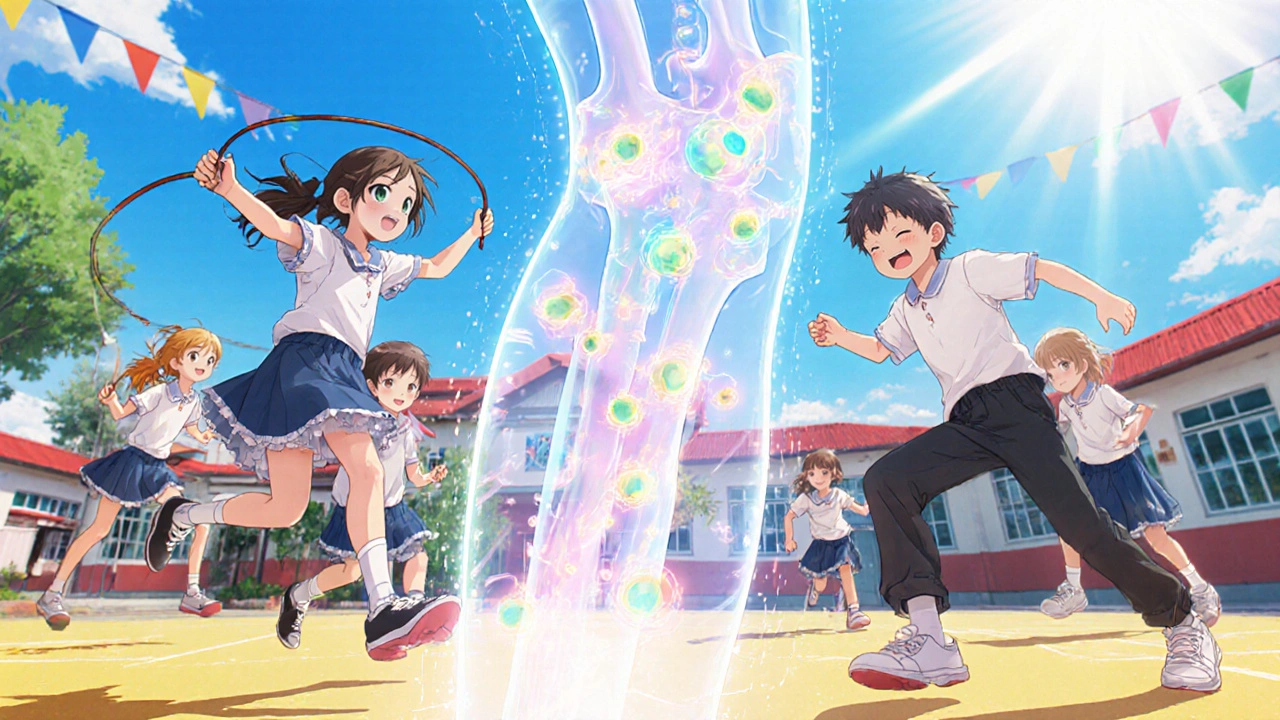
Combining Nutrition and Exercise
Exercise amplifies the benefits of proper nutrition, but the two must work together for optimal results. Key nutrients include:
- Vitamin D: Essential for calcium absorption. Sunlight exposure of 10‑15 minutes daily (face, arms, legs) can provide 400-600IU, which is roughly 50% of the recommended daily intake for children aged 1‑18.
- Calcium: Critical for the mineral matrix. Dairy, fortified plant milks, leafy greens, and fortified cereals supply the 800‑1300mg daily requirement.
- Phosphorus: Works with calcium; found in meat, nuts, and beans.
- Magnesium and Vitamin K2: Support bone remodeling; present in nuts, seeds, and fermented foods.
When children engage in regular physical activity, their bodies become more efficient at utilizing these nutrients. A 2023 randomized trial showed that adolescents who combined a calcium‑rich diet with a 30‑minute daily jump‑rope routine increased their lumbar spine bone density by 8% over a year, compared with diet alone.
Practical Tips for Parents and Caregivers
- Make Movement Fun: Turn chores into games-hopscotch while cleaning, dance parties after dinner, or family bike rides on weekends.
- Schedule Consistency: Aim for at least 60 minutes of moderate‑to‑vigorous activity most days. Break it into three 20‑minute sessions if that fits better.
- Prioritize Weight‑Bearing Play: Encourage playground time, jump rope, and soccer over screen‑heavy activities.
- Balance with Strength: Use age‑appropriate resistance bands or body‑weight circuits twice a week.
- Sunlight Safely: Outdoor play before 10AM or after 4PM reduces UV‑B risk while still providing vitamin D.
- Nutrition Check: Include a calcium‑rich snack after exercise-yogurt, cheese sticks, or fortified almond milk.
- Monitor Symptoms: Persistent bone pain, delayed milestones, or abnormal leg curvature warrant medical evaluation.
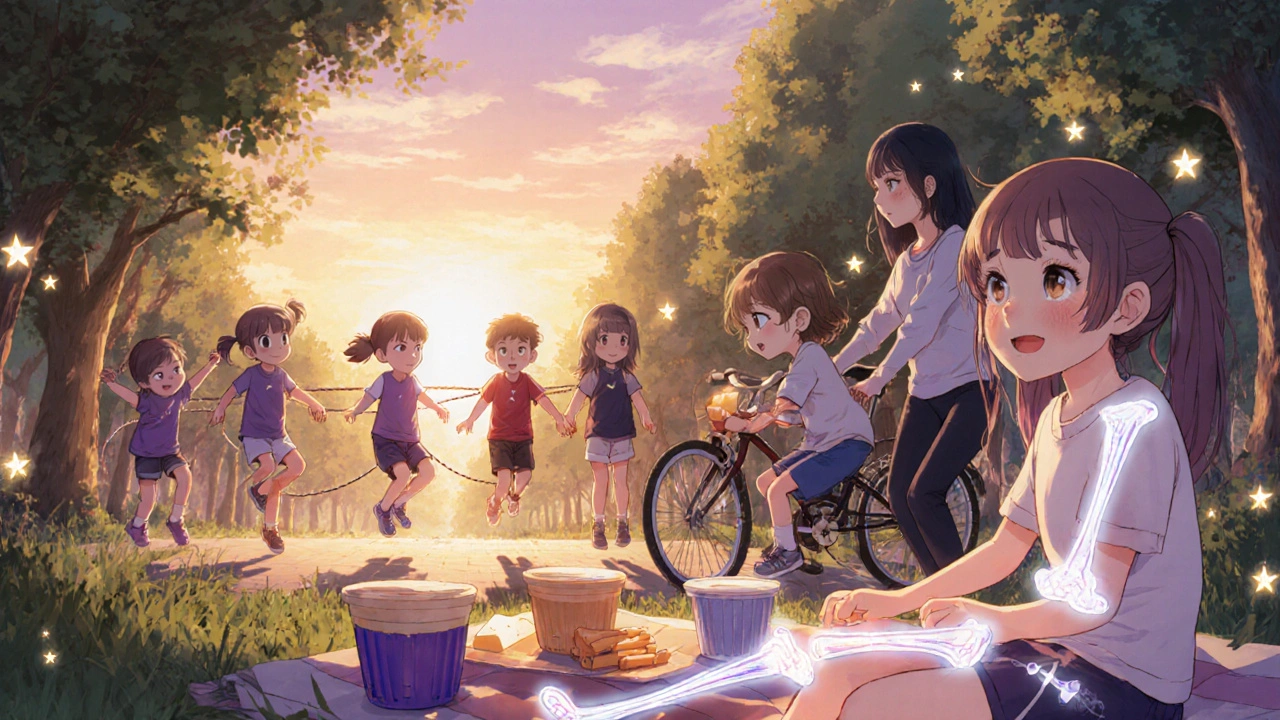
When to Seek Professional Help
If a child displays any of the following signs, it’s time to involve a healthcare professional:
- Delayed walking beyond 18months.
- Noticeable bowing of the legs or wrists.
- Frequent fractures from minor falls.
- Chronic bone or muscle pain.
Doctors may order blood tests for vitamin D, calcium, phosphate, and alkaline phosphatase levels. Radiographs can reveal the classic cupping and fraying of the metaphyses. Treatment typically combines supplementation, dietary adjustments, and a structured physical‑activity program tailored to the child’s age and severity.
Key Takeaways
Rickets isn’t just a matter of missing nutrients-lack of mechanical stress keeps bones from hardening properly. Weight‑bearing and resistance exercises trigger the body’s natural bone‑building machinery, making them essential allies alongside vitamin D and calcium. By integrating fun, regular movement into daily routines, parents can give their children a solid foundation for lifelong skeletal health.
Frequently Asked Questions
Can swimming alone prevent rickets?
Swimming builds endurance and muscle tone, but it provides little mechanical load for bone mineralization. It should be paired with weight‑bearing activities like walking or jumping rope to effectively combat rickets.
How much sunlight is enough for vitamin D synthesis?
About 10‑15 minutes of direct skin exposure (face, arms, legs) a few times per week is sufficient for most children, depending on skin tone and latitude. Overexposure can increase skin‑cancer risk, so balance is key.
What are safe resistance exercises for a 6‑year‑old?
Body‑weight moves such as squats, lunges, push‑ups (or wall push‑ups), and playful activities with resistance bands (light band, 10‑15lb) are appropriate. Keep sessions short (10‑15minutes) and focus on correct form.
Is a calcium supplement necessary if my child eats dairy?
Most children meet their calcium needs through dairy, fortified plant milks, and leafy greens. Supplements are only needed when dietary intake is consistently low or if a doctor identifies a deficiency.
How quickly can exercise improve bone density?
Visible improvements can appear within 6‑12months of consistent weight‑bearing activity, especially during growth spurts when bone turnover is naturally high.

